
Humans …
We strive to be the very best
We aim to reach the stars
We want to be seen and accepted
We take revenge if we get hurt
But above all… we long to love and be loved…
A profound meditation on human nature materialized at the War Memorial Opera House on Saturday as San Francisco Opera presented the much-anticipated American premiere of the sixth and final opera of the late Finnish composer Kaija Saariaho, Innocence. Saariaho sadly passed away almost exactly a year prior of this performance, making this important occasion a fitting tribute on her death anniversary.
Co-commissioned by the Aix-en-Provence Festival, the Dutch National Opera, the Finnish National Opera, and the San Francisco Opera, Innocence was originally planned to be premiered at the 2020 Aix-en-Provence Festival before eventually receiving its world premiere there on 3 July 2021, conducted by Susanna Mälkki and directed by Simon Stone. From Aix-en-Provence, the production travelled to Finnish National Opera the following year and the Royal House and Dutch National Opera last year, before crossing the Atlantic for this American premiere. Shortly after Saariaho’s death, the Metropolitan Opera announced that they would present Innocence during their 2025-26 season.
Working closely with librettist Sofi Oksanen and dramaturg and multilingual Aleksi Barrière, Innocence told an original story about tragedy and the aftermath traumatic impacts on everyone, and the opera was performed in nine different languages (English, Finnish, Czech, French, Romanian, Swedish, German, Spanish, and Greek). In a written interview, Barrière – who is also Saariaho’s son – detailed the creation process as he said:
“When Kaija received Kasper Holten’s commission for an opera that would capture something of our time, she immediately had the threefold vision of a choral form, a contemporary subject, and a variety of languages. So in 2013 she put together a libretto team consisting of Sofi Oksanen—a master storyteller—and myself as a guide into the possibilities of the libretto form and creator of the multilingual version. […] Having multiple languages was one of the very first intuitions Kaija had about the piece, even before there was a plot. To her it was a way to capture the feel of the world she lived in, the texture of different languages overlapping, with the richness it entails and also the sense of the difficulty of communicating. It ended up being a tool we used to make it immediately perceptible how lonely everyone is in their own lived experience. Down the line, it also became key to the creation of Kaija’s music. I had the texts in different languages recorded, and Kaija’s first compositional step was to analyze those recordings, notate rhythms of different languages, analyze their pitch patterns, to develop her music material from that. So the music is basically born from the multiplicity of languages, and is deeply woven into it.”
Innocence is a 105-minute opera cast in five acts without an intermission. In a nutshell, the story revolves around two storylines, a wedding reception for Stella and Tuomas in Helsinki in the 2000s and a deadly gun shooting at an international high school there ten years prior. The two storylines were intertwined when a waitress at the wedding, Tereza, recognized Tuomas as the brother of the gunman, who killed 11 people including her daughter Markéta, and realized that the truth had been hidden from the Bride. As the opera progressed, the two timelines – the wedding party and the memories of the incidents (seen through the eyes of the Teacher and six students, including Markéta) – ran concurrently, each time revealed more truths about the 13 characters of the story. The role of Markéta, particularly, served as an apparition that bridged both worlds. Barrière said it best in an earlier interview about all of the characters:
“She had been obsessing a little bit about Leonardo da Vinci’s Last Supper. It has 13 characters, and when you look at the painting you think you know what’s going on but it actually takes time to work out who’s who – that there is someone looking at the table and holding a purse, and that’s Judas. The genius is that it has a first level and then it unfolds the more you look at it.”
That was the beauty of Innocence, which managed to pack so much emotional baggage into its compact 105-minute size, exploring how each character dealt with their trauma. It was hard to describe the details without spoiling the plot, but suffice to say, the audience was in perpetual motion to “peel the onion” throughout the opera, not unlike watching a thrilling whodunnit! In a way, the opera warranted multiple viewings just to capture all nuances of the plot (and subplots).
The form of the opera was especially noteworthy, for not only Saariaho employed multiple languages to represent the nationalities of the students, but she also perused various delivery techniques to further delineate the characters; from song, speech, Sprechgesang (speech singing) to sprechstimme, a technique popularized by Second Viennese School composers (particularly Alban Berg’s Wozzeck, one of the inspirations for this opera). The wedding party members (including Stella, Tuomas, Patricia and Henrik – Tuomas’s mother and father-, Tereza and The Priest, the only friend of the family left) all sang in conventional operatic voices, mostly in English. The surviving students (Lilly, Iris, Anton, Jerónimo and Alexia) were assigned to “musical actors” and the texts were mostly spoken, in English during their conversations and in their native languages when they were expressing thoughts. The role of Markéta was specifically created for and in collaboration with Vilma Jää, a Finno-Ugric folk singer who had sung the role in all productions to date. Similarly, the role of the Teacher, which clearly displayed Sprechstimme the most, was written with Lucy Shelton’s voice in mind by the composer. The press kits mentioned that all artists wore a microphone and that “the opera was written as such and is always performed in this way.”
Sonically, Innocence marked the pinnacle of Saariaho’s virtuosity in contemporary classical compositions, five decades into her career. A master of establishing and maintaining moods, she knew exactly how to build the suspense using the least amount of resources and time. Nothing was superfluous or over extended. Watch the prelude, for example, before the curtain lifted. With a dark stage and just long lines of double bass and bassoon, she built a sense of uneasiness, almost ominous, in the audience, as if giving them a warning of things to come. Furthermore, Saariaho seemed to emphasize the duality of the timelines by fully embracing the concept of dichotomy in her orchestral and choral writings, resulting in a score that New York Times music critic Zachary Woolfe in his Aix review called “[g]rand yet restrained, a thriller that is also a meditation.” To that list, we could certainly argue that the score for Innocence was also menacing yet comforting, and, essentially, violent and peaceful at the same time!
The choral writings, in particular, were nothing short of brilliant. Not only the chorus, which sang backstage throughout the whole opera, served as a Greek chorus commenting on the proceedings (especially memorable when chanting “Stella” and “Tuomas” during the wedding party and the names of the slain students), but more importantly, the chorus also added another important layer to the orchestration to set up the moods, particularly during the incident scenes. Just like the news and social media chatters surrounding most school shootings here, the chorus (sometimes sang in different languages at the same time) generated kind of a sea of gossip and misinformation, upon which the students unleashed their fears and hopelessness.
The production for Innocence was entrusted to Swiss director Simon Stone and revived by Louis Bakker for this American premiere. In the trailer for Aix-en-Provence premiere above, Stone saw the opera as to be “extraordinarily therapeutic” about “the need for honesty in the process of grief and honesty in the process of recovering from trauma.” At the first glance, the staging bore some resemblance to the well-traveled Claus Guth’s production of Handel’s Rodelinda, as both featured a gigantic double-decker set piece mounted on a continually rotating turntable. Seen up close, Chloe Lamford’s cube set piece was certainly jaw-dropping as it was imposing and yes, undoubtedly intimidating. Each side of the cube was further divided into square sections reminiscent of the old TV game show Hollywood Squares. The magic of Lamford’s cube was only revealed the moment the turntable started to spin, for each time the cube turned, it presented a completely different set of square sections – courtesy of 29 stage crew members working tirelessly throughout the opera – to match with the unpredictable nature of the plot! Little wonder that those 29 members received the first bow at the end, for they were truly essential to the success of this production!
A lot had been said before about the naturalistic, hypernaturalistic even, nature of Stone’s (and here Bakker’s) direction (see both Barrière’s interview and Woolfe’s review above) in the depiction of the two storylines, supported by an excellent creative team that was fully on board with his vision. Stone embraced the dichotomy of the score by similarly creating some sort of dichotomy on stage, separating the two worlds completely, at least initially, using a combination of color and lighting. In the beginning, James Farncombe brightly illuminated the wedding party square sections and Lamford filled those sections with pastel colors, while the memory world was awash with gloomy colors in dimly lit squares. Similarly, costume designer Mel Page dressed the wedding party members in light-colored formal attires (except for the Priest, interestingly), while the students wore clothes indicative of the early 2000s boyband era (think Britney Spears‘s or the Backstreet Boys’ music videos). On top of that, Arco Renz choreographed the stylized movements of the students and the actors representing the other students in that international school, swiftly and slickly glided around the school props. Timo Kurkikangas completed the winning team with the most difficult job, uniting the various vocal deliveries with the sound of the 64-piece orchestra!
As the story progressed, slowly but surely the two worlds collided in unpredictable, even shocking, ways, blurring the lines between the present and tragic past. The janitor closet that a student used to hide from the gunman became the storage room where Tereza vented her frustration. The Priest’s soliloquy was delivered with background of dead student. The final scene happened in a room that could be either in the restaurant or in the school. Combined with the constantly spinning turntable, it was all utterly captivating for the audience, pulling them inside the inescapable dark and twisted labyrinth. Personally, his pièce de resistance was the epilogue of the opera, performed by the students outside of the cube looking in, giving a sense of hopefulness and, ultimately, closure.
Before continuing, I think it’s important to recognize the significance of this American premiere in light of the subject matter. In 2019, CNN released a report stating that the US had had “57 times as many school shootings as the other major industrialized nations combined”. While the actions of the opera happened in Helsinki, there was certainly no doubt in the creators’ minds of the inspiration behind Innocence. After all, shortly before working on Innocence in 2013, Barrière directed a performance of Gustav Mahler’s Kindertotenlieder (Songs on the Death of Children)conducted by Cle?ment Mao-Takacs (the conductor for this premiere) “in the aftermath of the Sandy Hook Elementary School shooting,” focusing on the grieving parents (titled Tu ne dois pas garder la suite en toi). Furthermore, the opera dwelled on the various catalytic causes of school shootings – including school bullying, family dynamics, loneliness, influences of media (especially social media) and gaining notoriety – all of which had been much studied and even debated ad nauseam here, making the story hit much closer to home to the US audience than, for example, the audience in the countries where previous stagings took place.
San Francisco Opera proactively provided a safe space for the audience of this premiere by hosting Beyond Innocence, a series of events to explore themes of the opera such as community vitality, resilience & healing, and prevention of gun violence throughout June. It began with a free symposium BEYOND INNOCENCE: The Power of Community and the Arts & the Prevention of Gun Violence on the day before the opening night, co-presenting with Live Free USA and Lumahai Productions (the whole presentation can be found here). In addition, they also provided pre- and post-show activations all around the War Memorial Opera House, in collaboration with local and national community organizations, to offer spaces for reflection and discussion for the audience. SF Opera’s efforts for community outreach discussions and preparing its audience were truly laudable, and I hope it would serve as a blueprint in the future for other opera companies when presenting operas and/or productions dealing with difficult subjects.
French conductor Mao-Takacs, who made a house debut and a frequent Saariaho collaborator, had been associated with Innocence since its early inception; he conducted the first full orchestra reading (by San Francisco Opera Orchestra) in 2018, long before the premiere, and recently he led the performances at Finnish National Opera last year. His familiarity with the score bore fruit in the self-assured reading of the score, maintaining great clarity and moving the story forward without being rushed. More importantly, he set the moods with great detail, always an important element in any of Saariaho’s pieces. He took great care to make sure the various vocal deliveries never got overwhelmed by the orchestra, especially during the spoken/whispered parts. Of particular interest was the great soliloquy/confession scene at the end for Tuomas. Essentially a crescendo piece, Mao-Takacs set the build-up surely and confidently, reaching the climactic “I love him still” with such a haunting and heartbreaking beauty that was very hard to look away from!
Innocence was essentially an ensemble piece, and SF Opera assembled an excellent cast to bring this twisted tale to life. For these performances, pretty much all the wedding party members made role debuts except for one, soprano Lilian Farahani, who also performed Stella in the Aix-en-Provence world premiere. Farahani and tenor Miles Mykkanen made a compelling and believable wedding couple Stella and Tuomas who saw their marital joy turning into a nightmare at their wedding party. With her crystalline lyrical voice and his booming sound, both underwent emotional arches that went opposite directions while maintaining close chemistry between them. Mykkanen’s final delivery, as mentioned above, was deliberately filled with so much sadness and tenderness despite the revelation.
As his parents, soprano Claire de Sévigné and baritone Rod Gilfry also maintained good rapport between them, and for each, an even better connection with Tereza, the Waitress. On the night I attended, de Sévigné had a little problem with her coloratura passages. Nevertheless her scene with Tereza (and a wedding cake) in Act IV remained one of the highlights of the opera, heart-wrenching and almost funny at the same time! Similarly, Gilfry’s disappointment confession in Act II was marked with remorse and regret, only to be answered with Tereza’s chilly response. Kristinn Sigmundsson brought an even stronger characterization to the Priest than his excellent King Heinrich in last fall Lohengrin with his world-weary, borderline cynical persona exploring what-ifs.
The Teacher remained one of the most complex character studies in the opera, written specifically to explore Shelton’s enormous talents, both in vocal delivery and in acting skill. Deeply rooted in sprechstimme, she expanded and contracted her syllables, and she contorted her face and even body to express regret. “Till I understood that I wasn’t fit to teach anymore” was delivered with such a chilling conviction that the audience truly believed that she would never be a teacher ever again!
The five surviving students (Lily, Iris, Anton, Jerónimo, and Alexia) were assigned to musical actors of five different nationalities (Swedish, French, German, Spanish and Greek respectively) and all but one were performed by the actors that originated the roles in Aix-en-Provence, namely Beate Mordal, Julie Hega, Rowan Kievits (replacing Simon Kluth), Camilo Delgado Díaz and Marina Dumont. Hega, particularly, was another interesting character study (wait till you figured out her secret!) as she literally whispered her way throughout the opera, and only raised her voice during accusatory “You betrayed him” toward Tuomas in the final act.
Nevertheless, the musical standouts of the night (warranted the final bows placements) definitely belonged to the mother-daughter duo Tereza and Markéta, performed with searing intensity by mezzo-soprano Ruxandra Donose and Vilma Jää. The two performances couldn’t have been more worlds apart, for Donose characterized Tereza as guilt-ridden mother that lived in the past while Jää brought a sense of bravado and playfulness to her portrayal of carefree Markéta. Donose’s dark, round voice fully embodied the dark cycle she lived in, and her great acting, with the emphasis on the small details, really brought home the concept of a person dealing with her demons from the past. On the other hand, Jää, herself a researcher on Finnish and Karelian herding call traditions, incorporated those calls and other Finnish folk traditions into her exuberant and otherworldly personification, all while dressed like Wednesday Addams from the Addams Family! The very last scene between mother and daughter, though, is guaranteed to bring tears to your eyes!
Last but certainly not least, shoutouts had to be given to the exemplary SF Opera Chorus – under the direction of John Keene – who spent the whole opera singing backstage. Not only they had to learn the multiple languages, but they also had to deal with learning different styles of singing than the conventional operatic ones … so much so that a member of the Chorus joked during the post-talk discussions that she had to forget everything she learned in the Conservatory!
Without doubt, Innocennce was truly one of the strongest American premieres in recent years, joining prestigious ranks of American premieres at San Francisco Opera, including 1957 Dialogues of the Carmelites, 1959 Die Frau ohne Schatten, 1961 A Midsummer Night’s Dream and 2002 Saint François d’Assise. Congratulations to everyone involved, and to San Francisco Opera for providing such a timely and important food for thoughts and the space to process it. Only five more performances remain, including the livestream on Wednesday, June 12 at 7:30pm PDT. Be a part of change!
Photos: Cory Weaver

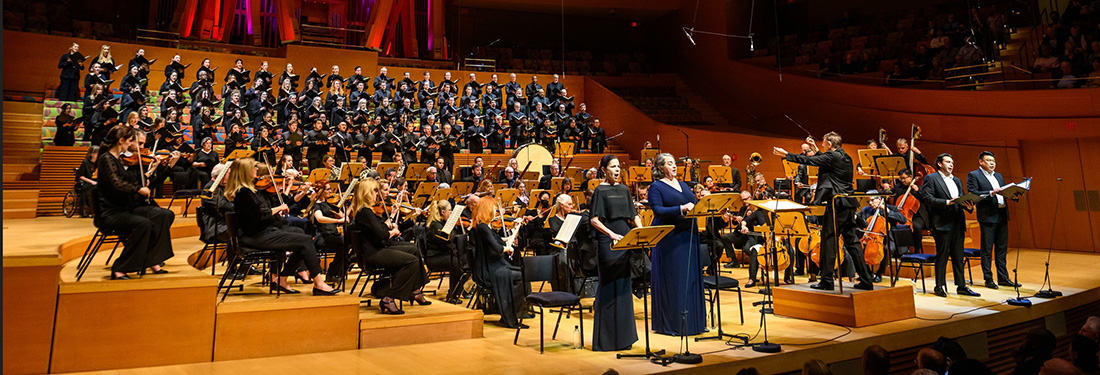
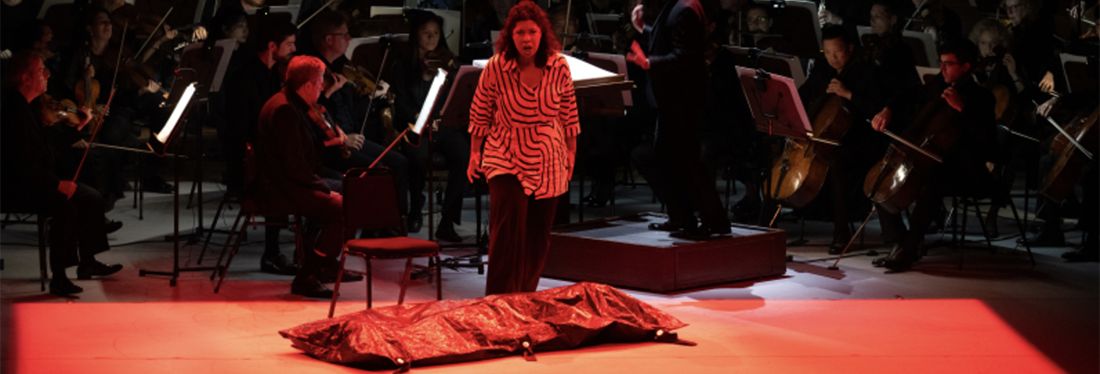
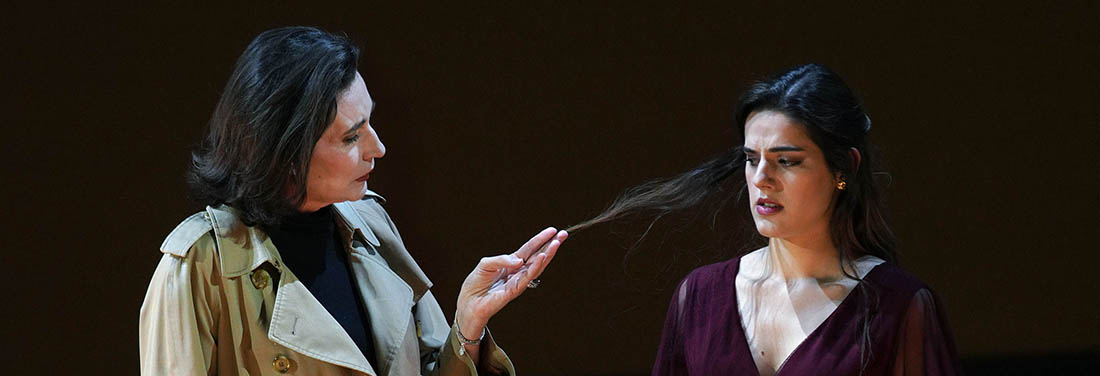
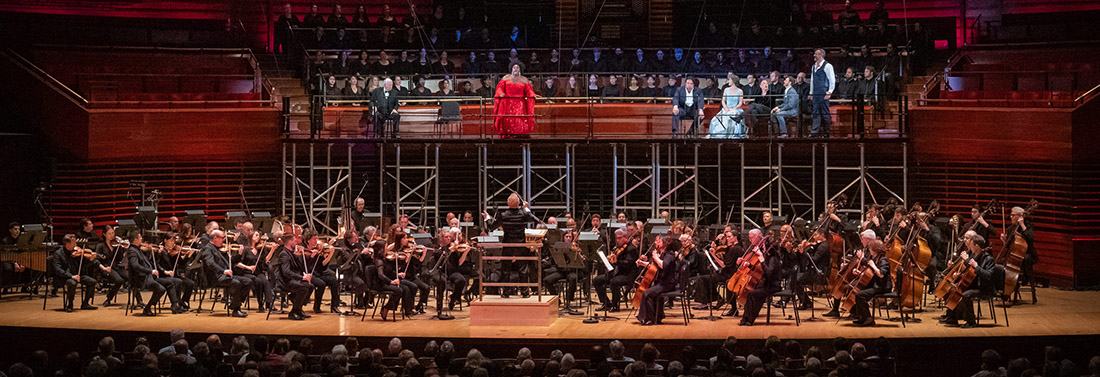
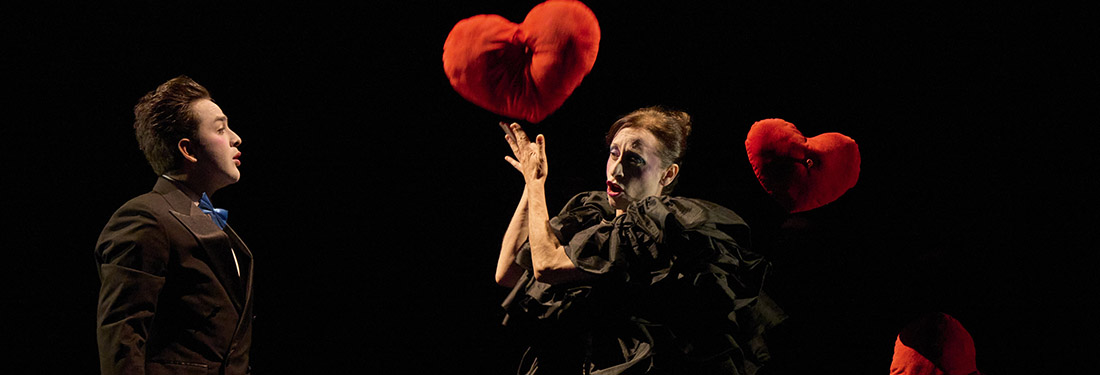
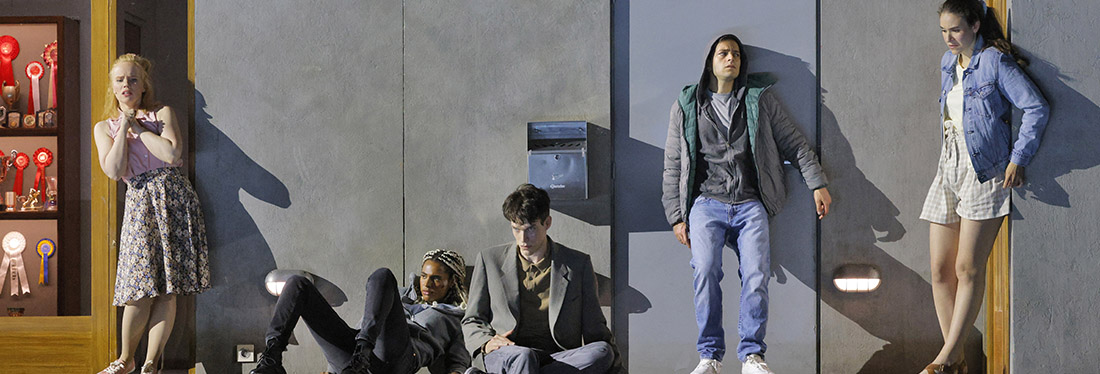
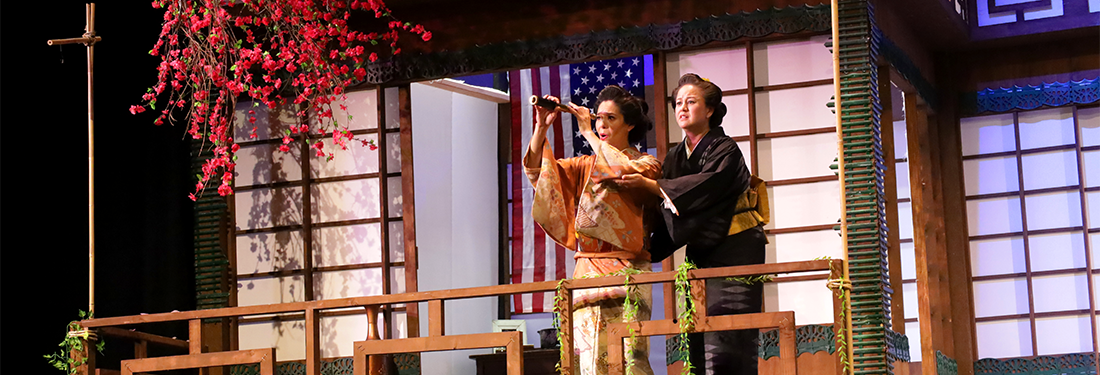
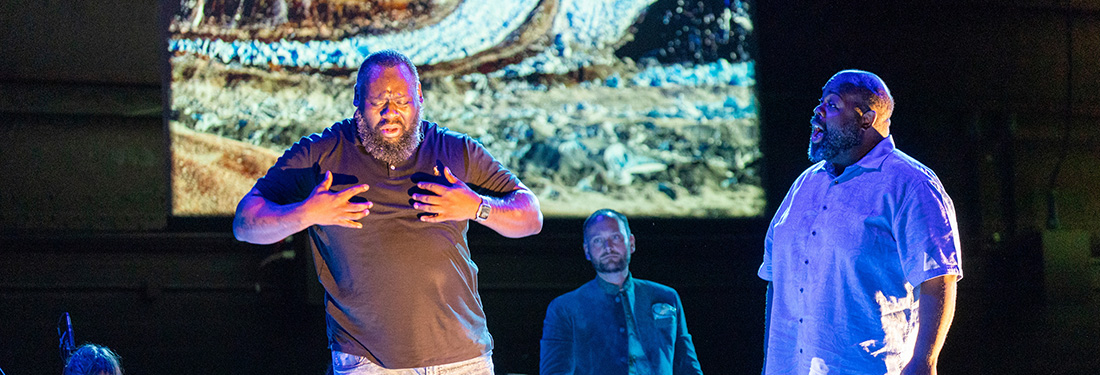
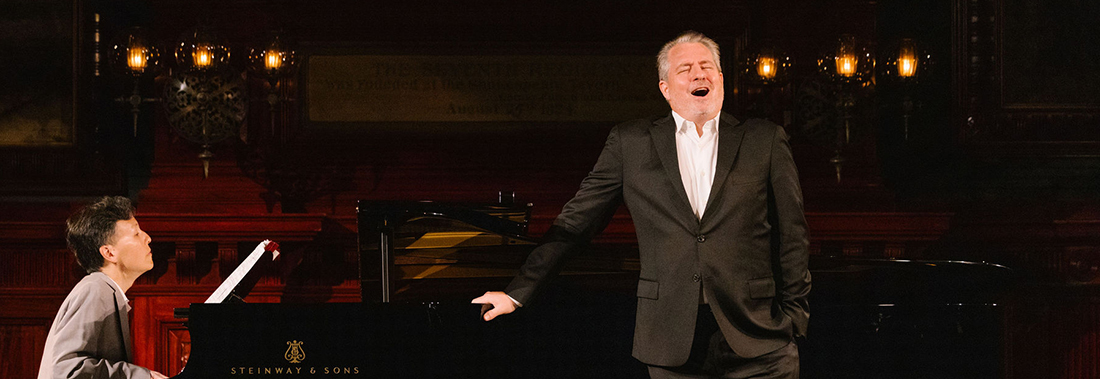
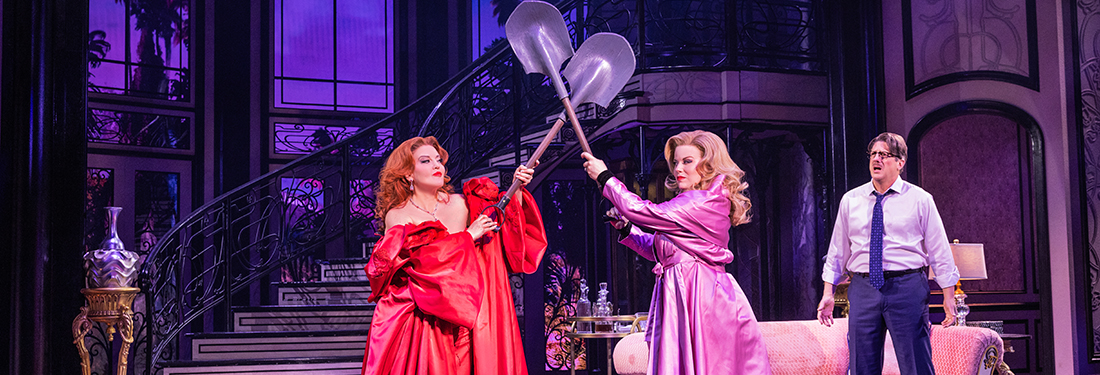
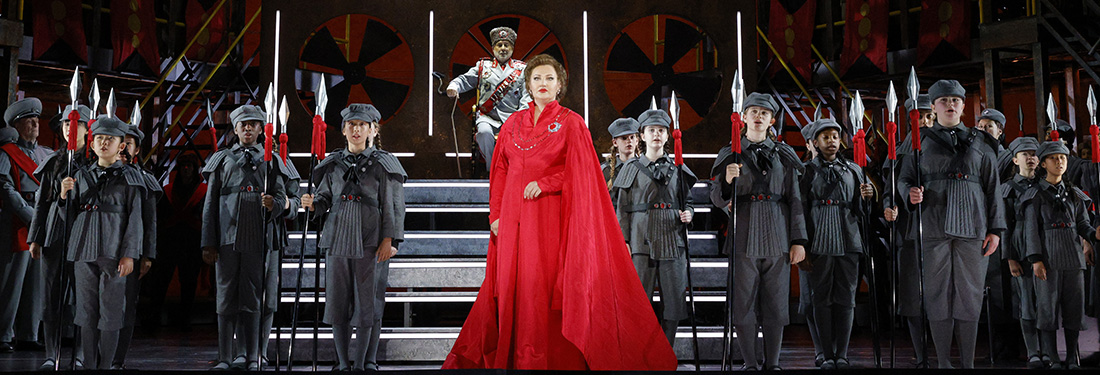
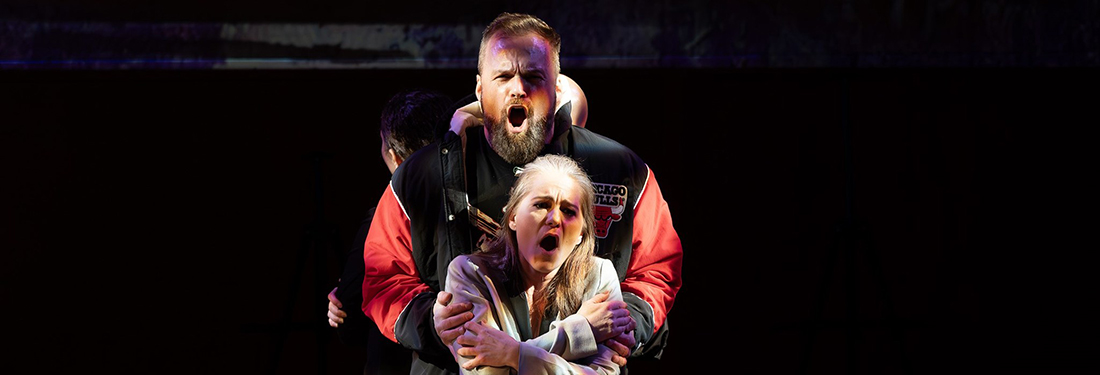
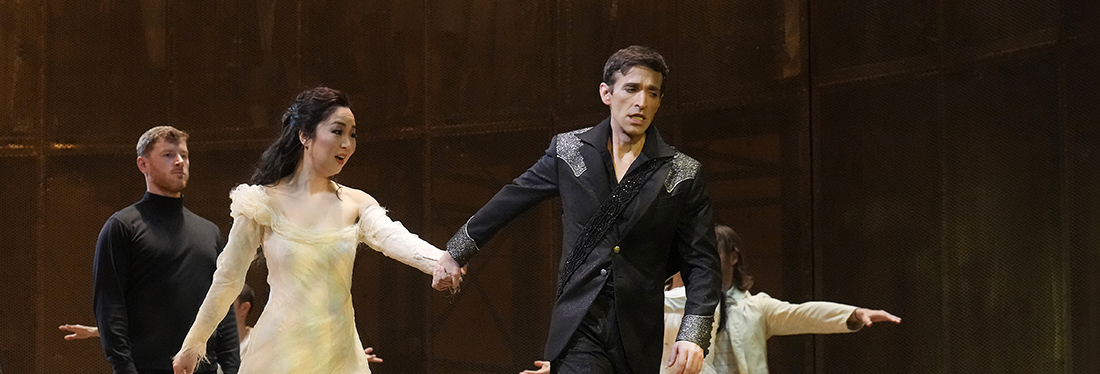
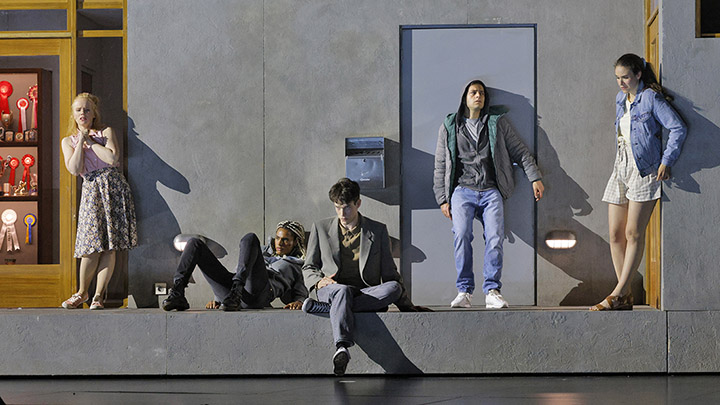
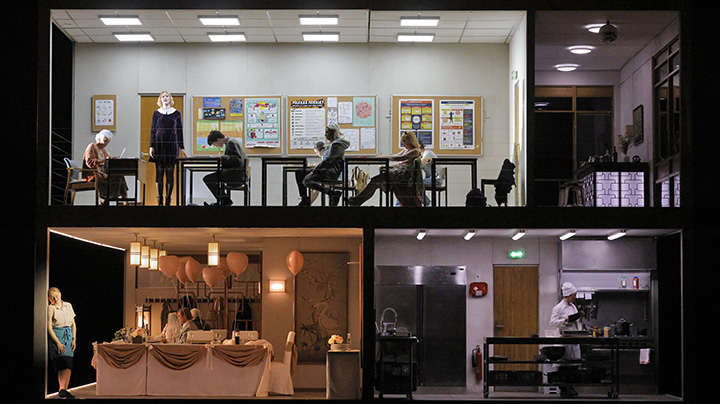
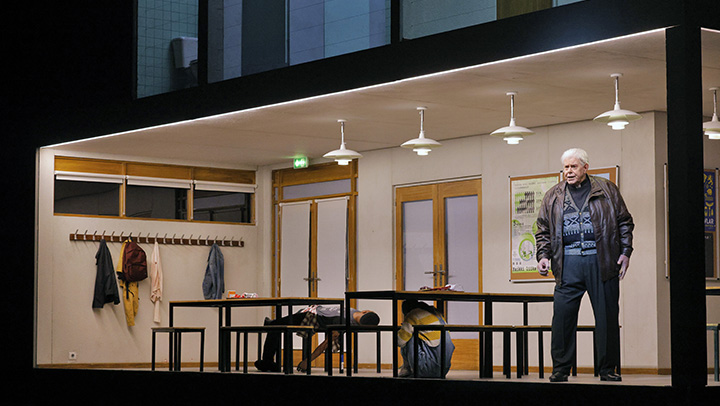
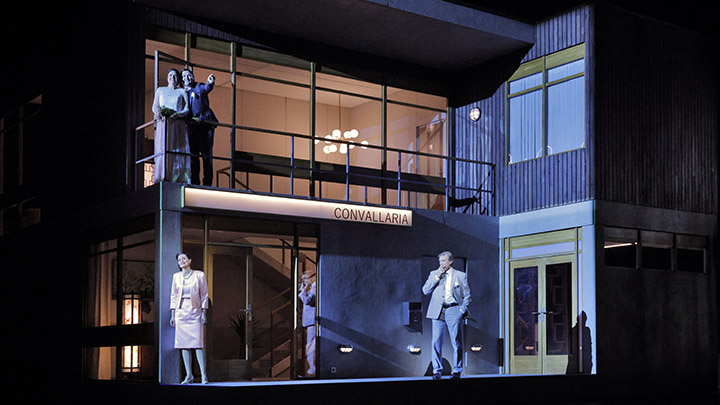
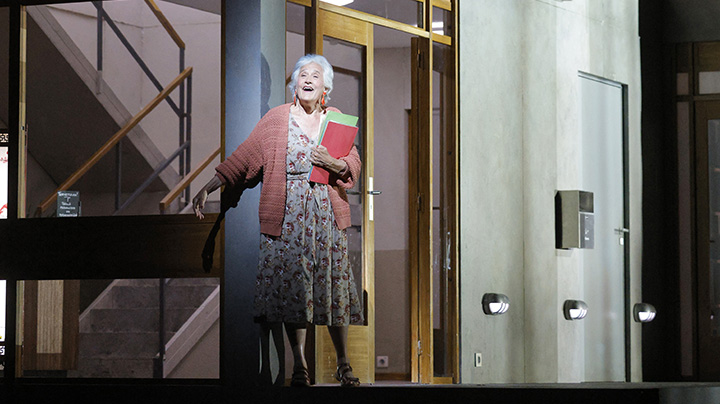
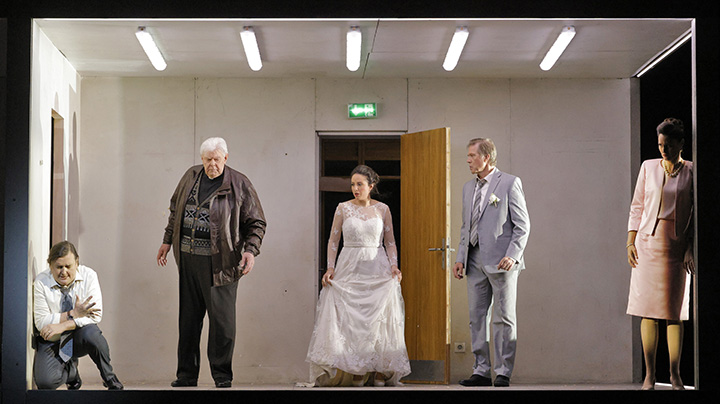

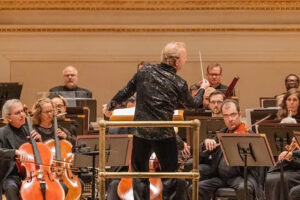
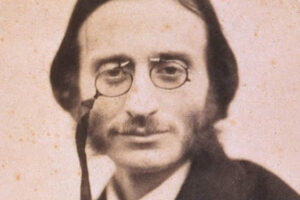
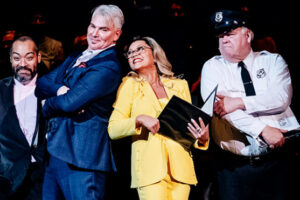
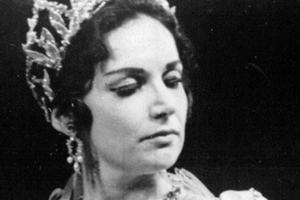






Comments